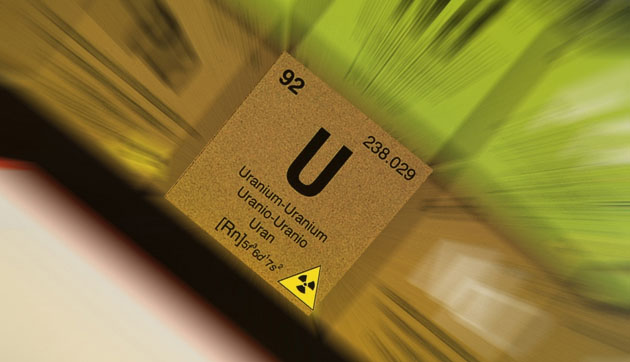 Energy-related issues, with the possible exception of Smart Grid, haven't made many headlines. Nevertheless, 2010 was a pivotal year for global energy policy and technology direction. For a big dose of reality, see EIA Energy Outlook: U.S. Energy Markets Through 2035.
Energy-related issues, with the possible exception of Smart Grid, haven't made many headlines. Nevertheless, 2010 was a pivotal year for global energy policy and technology direction. For a big dose of reality, see EIA Energy Outlook: U.S. Energy Markets Through 2035.The EIA Annual Energy Outlook 2011 projects renewables will level out at ~14% of total electric generation by 2035—far from the 20%–50% range of state renewable goals. Forecast renewables levels will be sustained by tax/ratepayer subsidies.
In Europe, the renewable leaders we were so enraptured with two years ago, except Germany, are broke and can't continue heavy government subsidization of renewables.
China will likely become the renewable-development leader, both in application and technology production. Cost-wise, the U.S. can't compete with Chinese solar-panel production. The jury's still out on large wind turbines.
So, coal remains the chief fuel for the next 25 years, natural gas is second, followed closely by nuclear. This brings up the whole global climate change/greenhouse gas hullaballoo. Particularly, as 2010 will turn out to be the hottest year in recorded history. It is also the year that the global climate change cooperation chilled out, given the accomplishments in Cancun that continued the big talk/little action of 2009 Copenhagen.
In any case, we can forget significant, permanent greenhouse gas reduction, at least in the U.S. The EIA report predicts a return to 2005 levels by 2027. Maybe that doesn't matter so much anyway since India and China will soon be producing more greenhouse gas than the U.S.
The ethanol debate continues to distract from a credible valuation of electric vehicles. Al Gore is now saying ethanol requires more energy to produce than it provides. But his admirable honesty didn't stop congress from extending ethanol subsidies and tariffs within the recently passed Tax Cut Bill.


























































